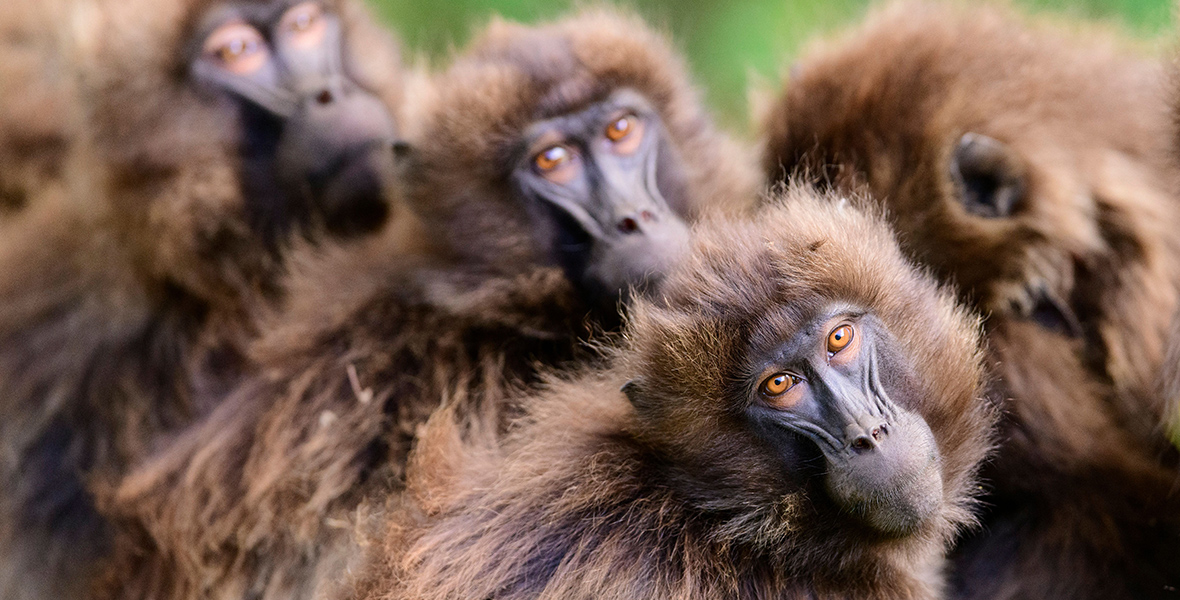By Cecilia Sarantopoulos
We don’t call her Mother Nature for nothing. Premiering on March 4 on National Geographic and March 5 on Disney+ and Hulu, the new documentary series Queens showcases matriarchies and female leaders across the animal kingdom, telling stories of sacrifice, resilience, friendship, and love.
Narrated by the award-winning Angela Bassett, who also serves as an executive producer, this seven-part series utilizes cutting-edge technology to unveil unexpected insights into the ascent of females in the natural world. Often, they rely on strategy and teamwork rather than brute strength to reach the pinnacle of power.

Queens took four years to create and was spearheaded by a production team led by women from around the globe. The final episode of the series, “Behind the Queens,” honors the women who have gone to the ends of the Earth and dedicated their lives to documenting and safeguarding the queens of the animal kingdom.
With meticulous attention to detail, the production team embarked on a journey to showcase the innate drama and intrigue present in the lives of creatures—big and small. “We wanted to give every animal their Hollywood moment and dramatic storylines—from the tiniest ant to the largest elephant,” said showrunner and writer Chloe Sarosh during a panel at the 2024 Winter Television Critics Association press event.
Though immensely fulfilling, filming the wildlife presented its share of obstacles. “We were filming in Ethiopia and war broke out,” recalled director of photography Sophie Darlington. “Another [challenge] was when Faith and I were together in Kenya. We experienced a drought.” Producer and director Faith Musembi emphasized the constant battle against climate and environmental factors. “When you’re dealing with drought or too much rain, that’s a massive challenge,” she said.
Musembi, one of the few Kenyan women in this field, highlighted the lack of opportunities prior to Queens. “Up until Queens, there were no inroads for me to work in this industry because everything is staffed out of English[-speaking] or other Western countries,” she noted, stressing the importance of mentorship and creating opportunities for the next generation of female professionals in Kenya. “[Queens] feels like something that is growing and spreading, and we’re hoping to pass it on,” added executive producer Vanessa Berlowitz.
Documenting wildlife can be not only physically challenging but also emotionally taxing. Queens often explores the pivotal role of motherhood and how, in the animal kingdom, mothers are frequently abandoned by their mates. Though this behavior is not uncommon, it still obliges mothers to fulfill a variety of roles: nurturer, hunter, provider, and protector.

In an episode of Queens, a mother bear is injured, significantly reducing her ability to hunt for her cubs and protect them. “The moms are their [cubs’] only protection and source of life,” said cinematographer Erin Ranny. At times, the weight of motherhood became overwhelming for the animals, and the Queens crew witnessed moments when the mothers couldn’t fulfill their role as protectors. “There’s a lot of emotion and stress in telling those life-or-death situations, especially if you get attached to the animals,” Ranny said.
Queens also emphasizes the importance of storytelling in fostering empathy for often-misunderstood creatures, such as hyenas. By humanizing their experiences and highlighting their struggles and triumphs, the show sought the bridge the gap between the natural world and the human experience, sparking wonder and appreciation for the diversity of life on Earth.

Queens aims to inspire action and encourage viewers to become stewards of the planet, ensuring a future where all queens, both animal and human, can thrive.


